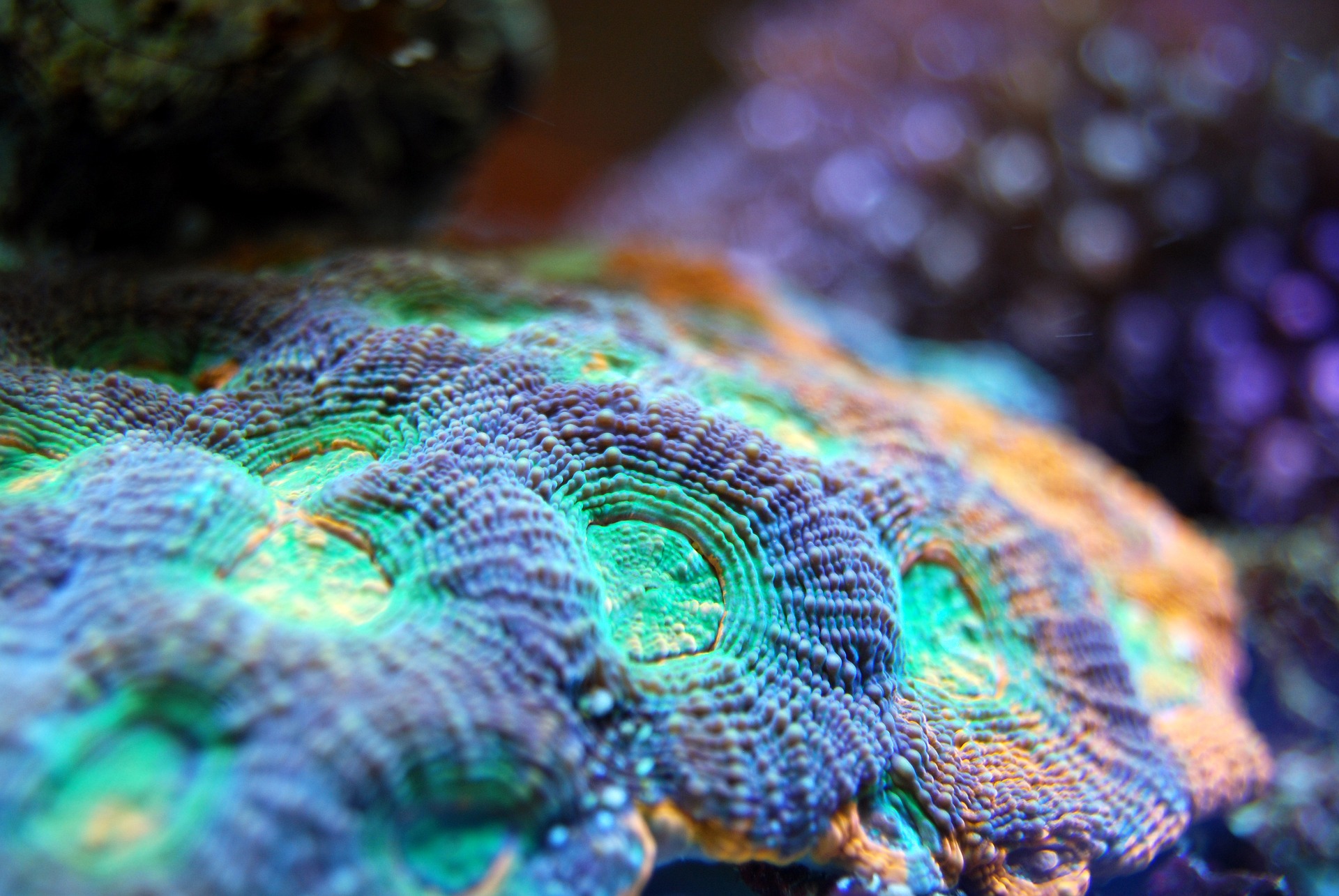Media release
From:
Some corals can swap out the algae that live inside their tissue for different strains more tolerant to warming temperatures, which may help them survive moderate global climate change, suggests a modelling study in Nature Climate Change. These findings have implications for the management of declining coral communities.
Coral bleaching, a process in which algae — also known as internal algal symbionts — are expelled from overheated coral, is a well-recognized effect of warming oceans. Coral thermal tolerance thresholds can be greatly affected by the type of symbiont present, and symbionts themselves have both high levels of genetic diversity and adaptive potential, suggesting a potential role in coral adaptation.
Cheryl Logan and colleagues developed a global ecological and evolutionary model that simulates coral responses to warming and ocean acidification. They applied this model to 1,925 reefs under four climate scenarios. The model included two competing coral species, which could adapt to future ocean warming and acidification effects by either shuffling their symbionts (replacing them with more tolerant symbiont types) or through symbiont evolution. According to the model, shuffling was more effective than evolution, and ocean warming, rather than acidification, had the strongest impacts on reef degradation. However, global patterns were ultimately defined by the interaction of warming and type of adaptation.
Although the model involves a simplified representation of coral ecology and evolution, these findings provide insights into coral adaptation that can help inform conservation as well as highlight future research avenues.



 International
International


